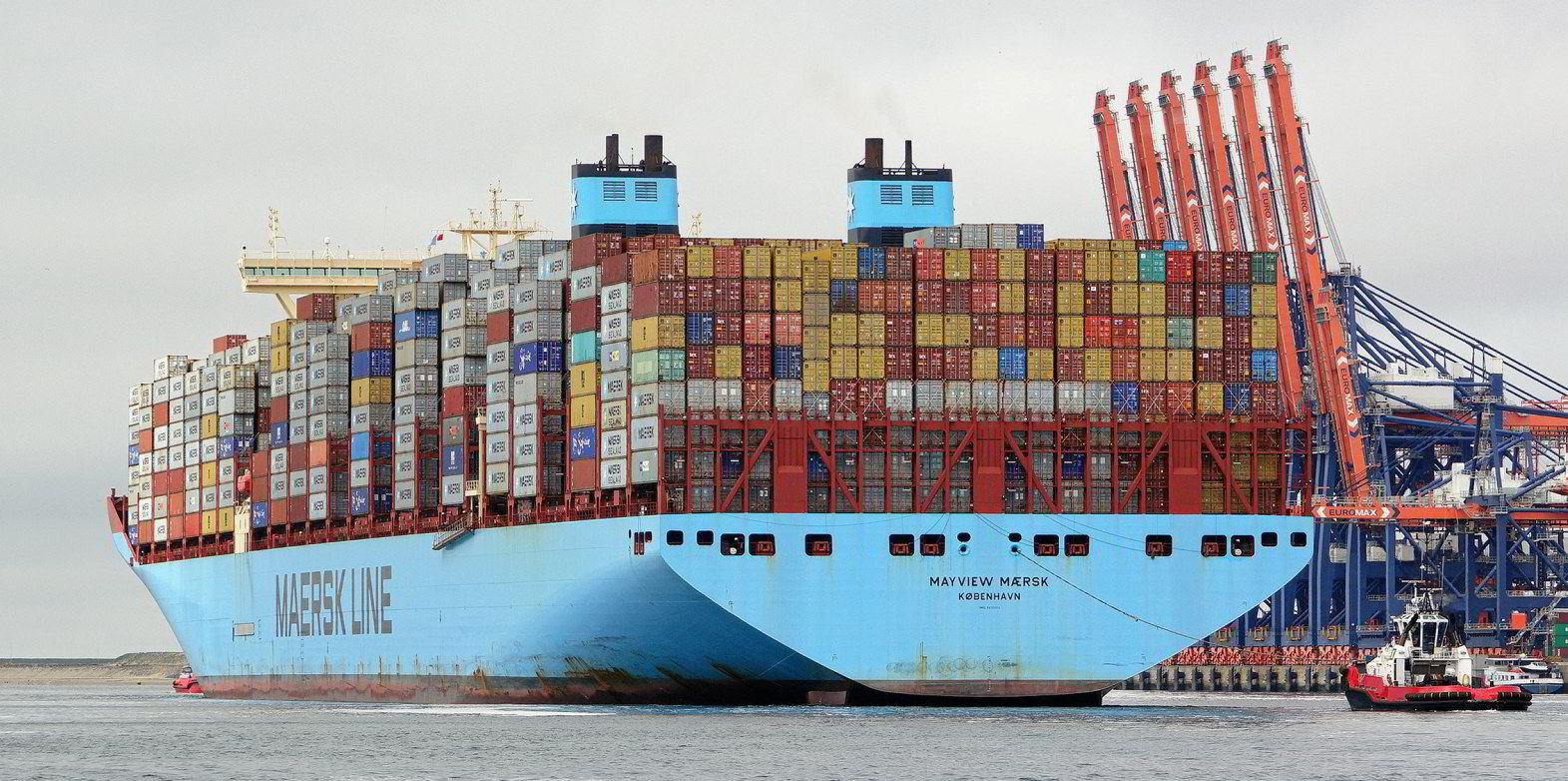Danish giant AP Moller-Maersk expects stronger container demand and the prolonged impact of the Red Sea crisis to boost its financial results in the second and third quarters.
But chief executive Vincent Clerc expects the sheer scale of the container ship orderbook will likely overtake market growth after that.
Clerc told Thursday’s earnings call that container market fundamentals have merely been delayed by short-term tailwinds.
Strong demand and Red Sea disruption had led to a shortage of capacity which is again pushing up rates on container trades.
That is spreading to routes not normally affected by the Red Sea including to Africa and Latin America, he said.
This will have a positive impact on financial results in the second and possibly third quarter.
The spread of rising demand to the north-south trades comes as ships are absorbed for longer sailing distances around the Cape of Good Hope.
Rates have again started to rise on the back of Red Sea disruptions which Maersk expects will remain well into the second half of the year.
Big concern
Yet the massive orderbook remains a big worry, as ships continue to be delivered.
“Our concern about eventually running into overcapacity is still there, even if this has been delayed for two, three or four quarters,” Clerc said.
Those fundamentals would prevail over “the short-term tailwinds that we are experiencing right now”, resulting in a “gradual decline in our spot rates”, he said.
“This is the reality,” Clerc said.
“No matter how long the disruption may last, market fundamentals of increasing overcapacity in the container markets loom and will eventually prevail.”
“We expect this impact to start hitting us either in quarter three or later.”
The prospect of stronger rates has led Maersk to upgrade the lower end of its full year Ebitda forecast to between $4 and $6bn in 2024.
The Red Sea has already absorbed about 6% to 7% of boxship capacity, a figure which could increase if the rerouting from the crisis was prolonged, Clerc said.

At the same time, demand on trades to West Africa and Latin America has risen by 18% to 22% year on year.
Those dynamics would help the second quarter to be stronger than the first three months.
However, the market would feel the impact of 2% to 3% of extra capacity every quarter, Clerc said.
So the end of the year was likely to be the most challenging time for line operators, he said.
No demolition
There was unlikely to be much demolition this year as ships are needed to cope with the disruptions and the demand, Clerc said.
Some operators could also resort to slow steaming on their network given the high oil price.
“On the other side of this, even if the situation on the Red Sea was to endure for two years, three years, four years, the current order book would eventually be bigger than what we expect market growth to be,” Clerc said.
“Then you would eventually need to see some scrapping start to take place in the course of 2025.”
But Maersk would keep its fleet size constant at about 4.3m teu, he said.
The disruption to container markets has increased charter, bunker and container handling costs across Maersk’s network.
“While we cover our costs for now, we remind ourselves of the overhang that may remain from it, while even after the potential resolution of the situation in the Gulf of Aden,” Clerc said.







